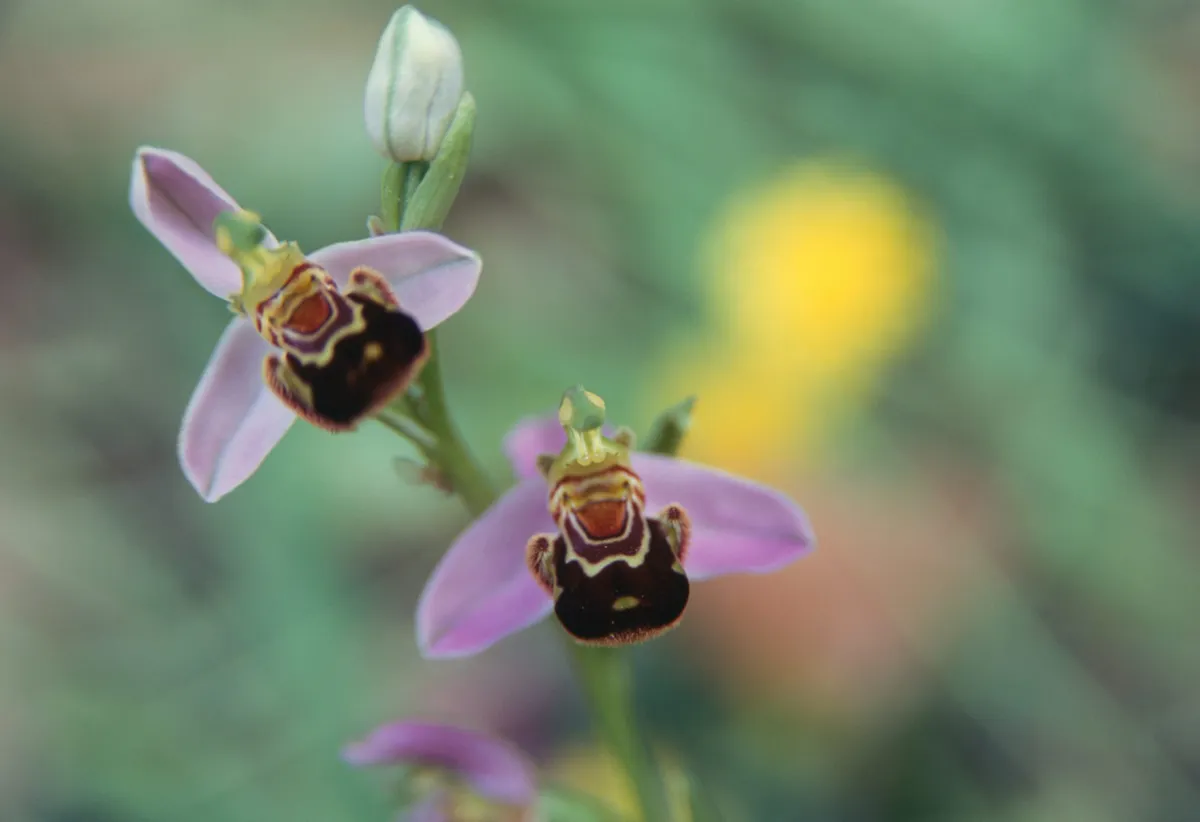Why do flowers smell?
Memory aids for bees
Many bee species, particularly non-specialists such as honeybees that feed on many different flower species, have a more intelligent approach to flower choice. They use a number of different flower cues that depend on the bees' surprisingly good short-term memory.
Bees remember specific plant odours or colours and shapes associated with recent past experiences of good food reward once they have fed from them a few times. An extraordinary finding at Royal Botanic Gardens, Kew showed that some plants even ‘drug’ bees. Citrus and coffee flowers have caffeine in their nectar. When this is consumed it improves the bees’ memory for those flower scents – and the effect can last for days. This means that bees will recognise these flowers more easily and revisit them more frequently and therefore be more efficient pollinators to these plants. So the next time you smell a sweet flower scent – enjoy it, but remember – it’s not designed for you.
Pollination and competition
For many pollinators, the flower’s smell will be critical in indicating where the plant is and when it's ready to be pollinated – which will often coincide with when it is offering its nectar or pollen reward. But the diversity and uniqueness in the smell are also key.
In a highly competitive world these are what advertise the particular nectar and pollen rewards to the specific animals that need to be persuaded to carry the pollen between flowers. So scent that smells sweet to one animal may smell awful to another. There are even some cases where the scent is a complete con and used to lure an animal in - without offering a reward. For example, the Arum family contains many species where the flowers smell of rotting flesh or dung, which attracts flies thinking they are going to find food.

But perhaps the masters of deception are bee orchids (Ophrys species), which famously resemble female bees but also produce the pheromone of virgin females to make the con more convincing. For bats and moths a particular scent is essential for distinguishing species as they are likely to specialise on only a few species. Typically, these flowers provide a reward for the visit of a legitimate pollinator but being night creatures they rely heavily on scent because visual clues are less profound in the low light levels.
Here's more on plants that bees love